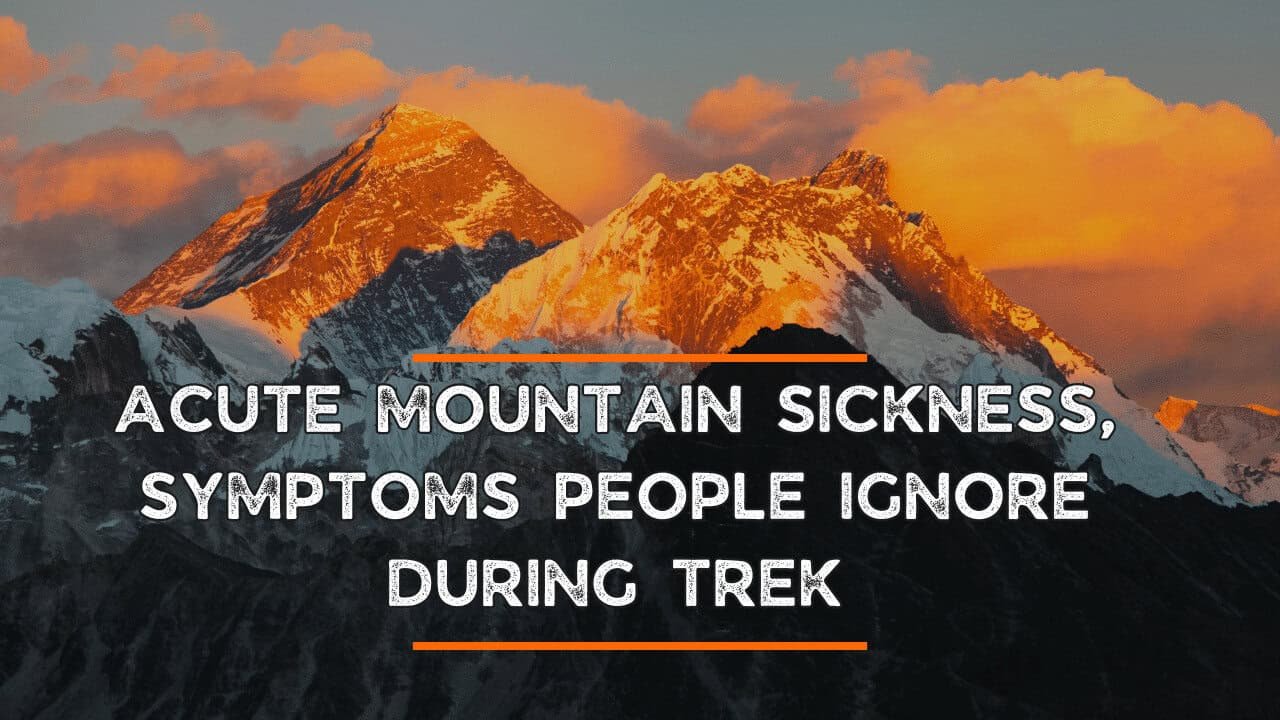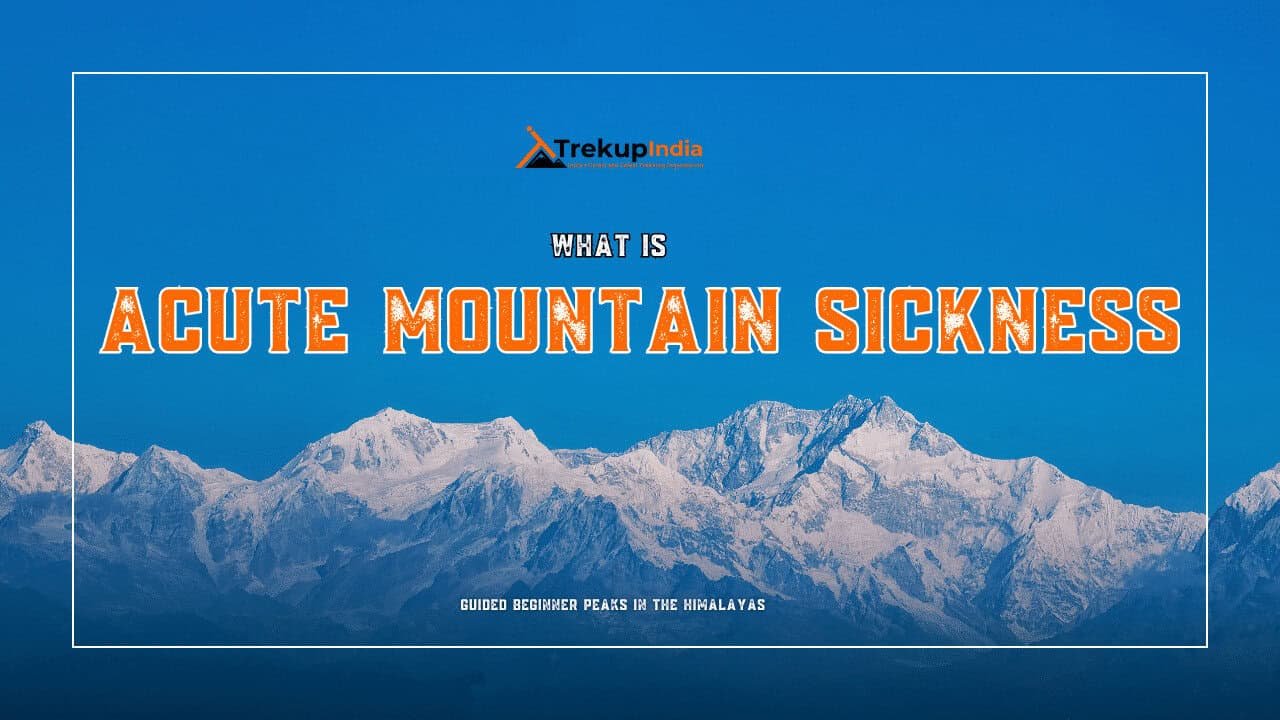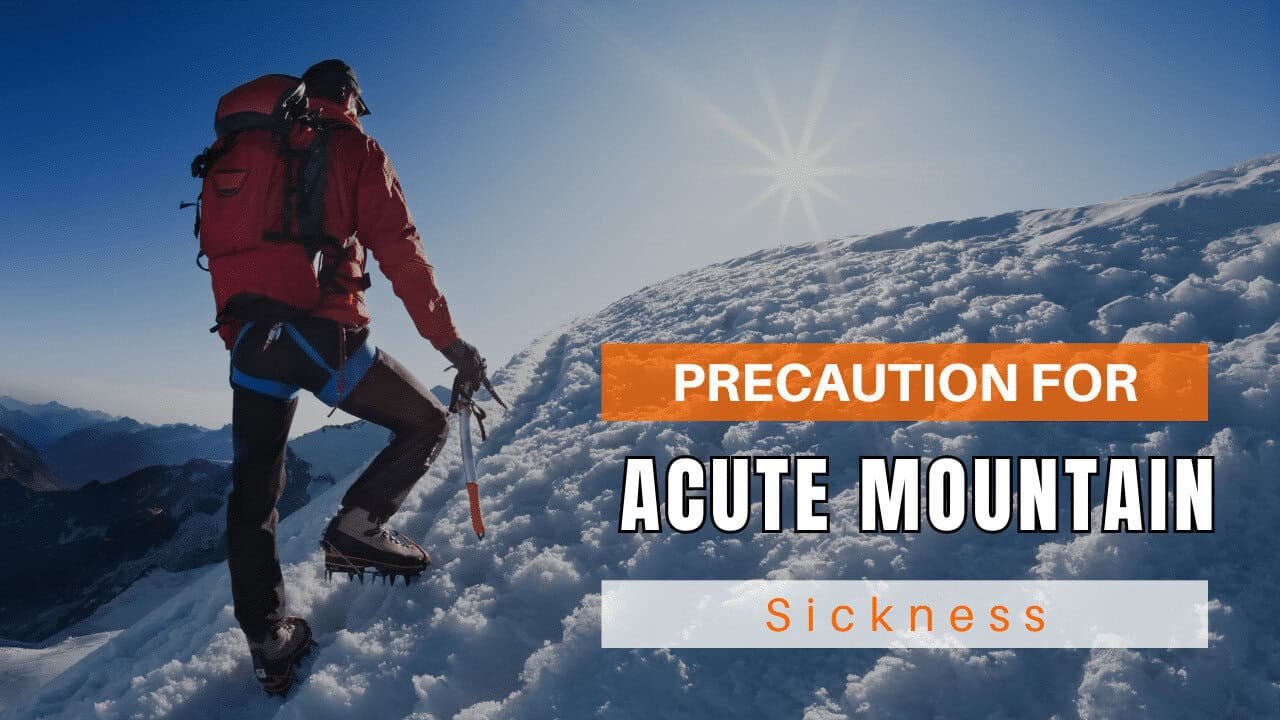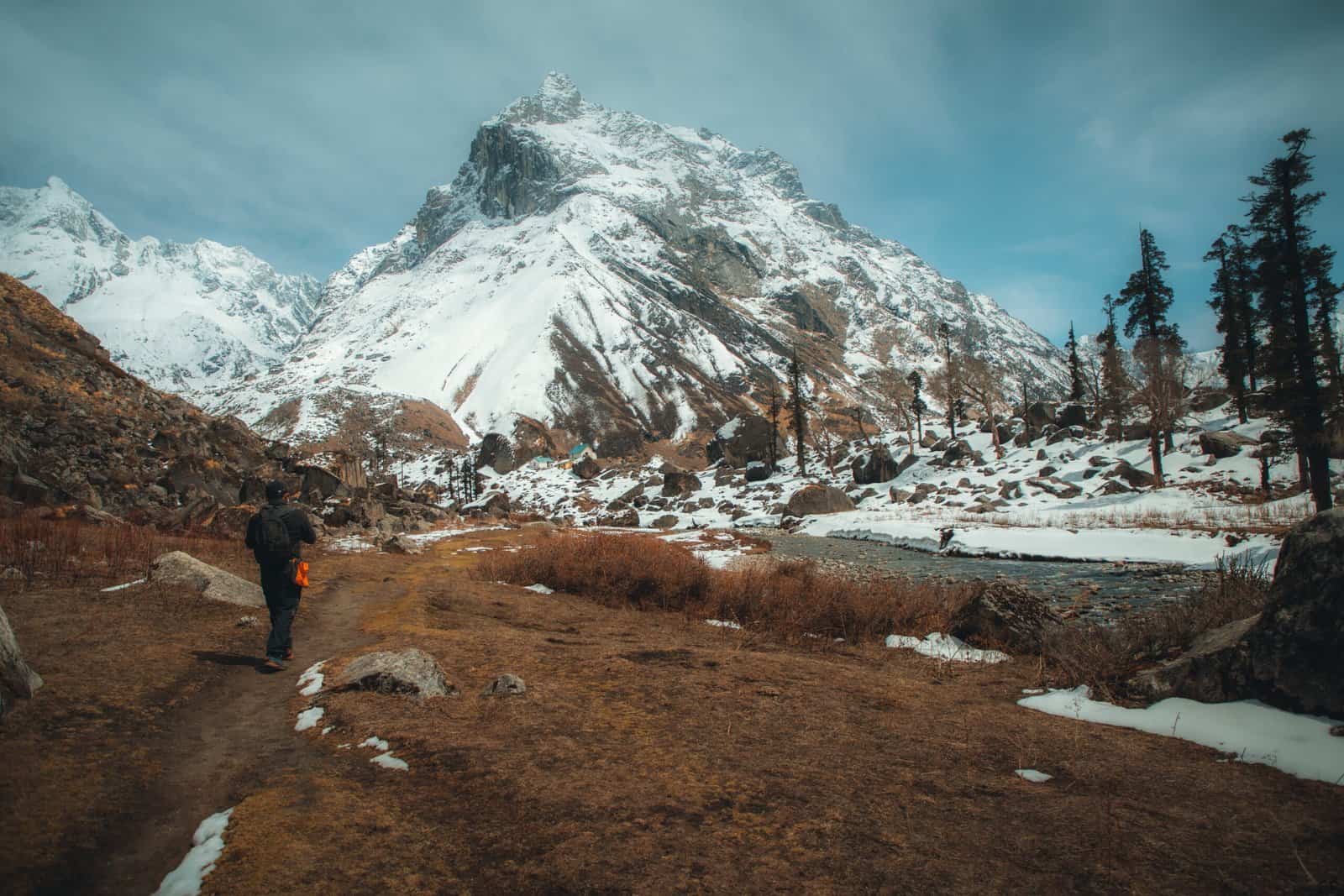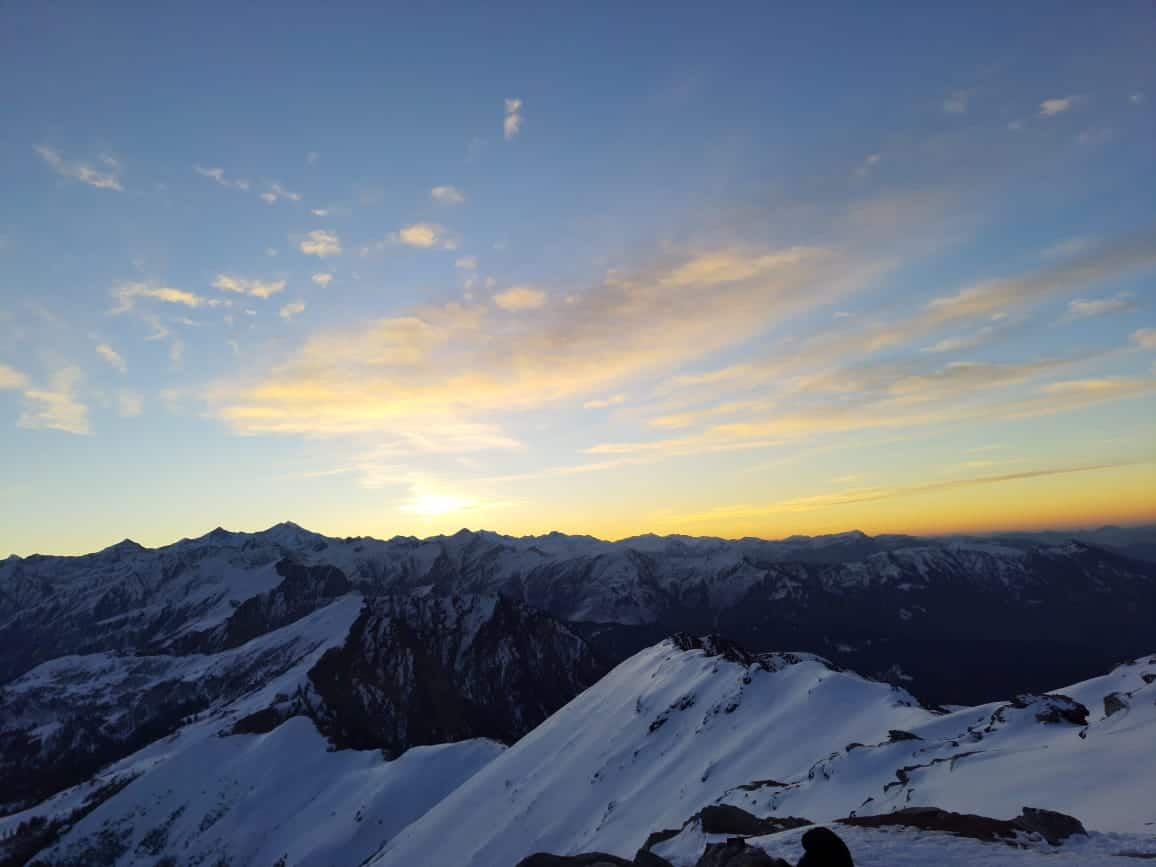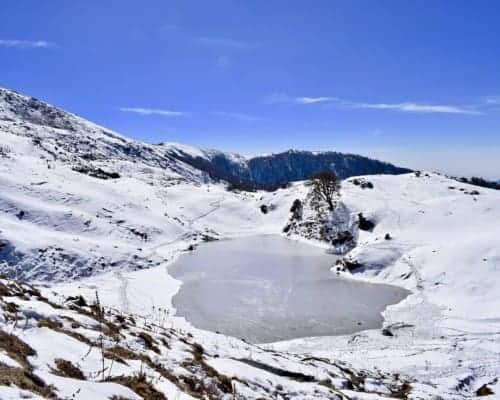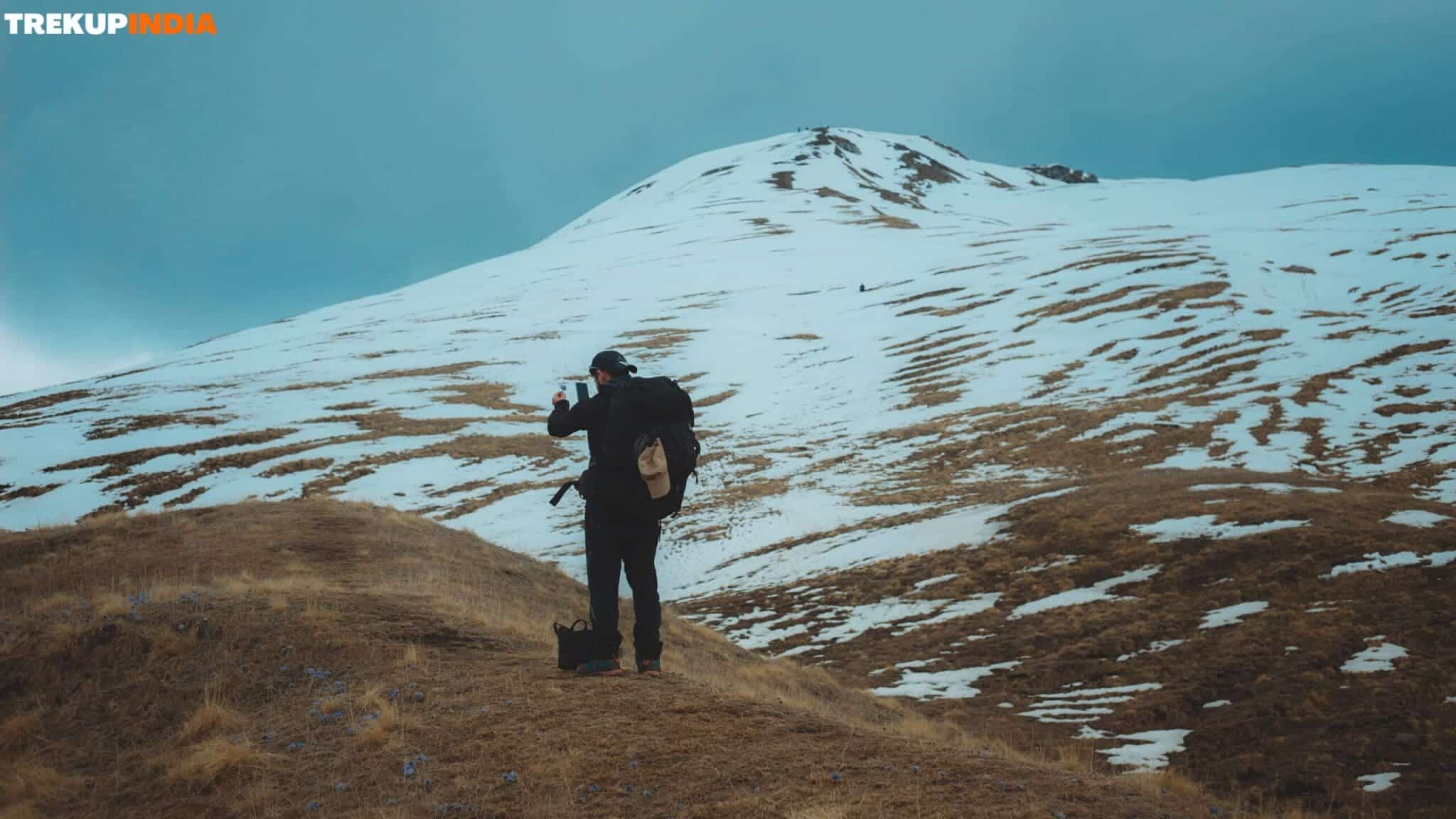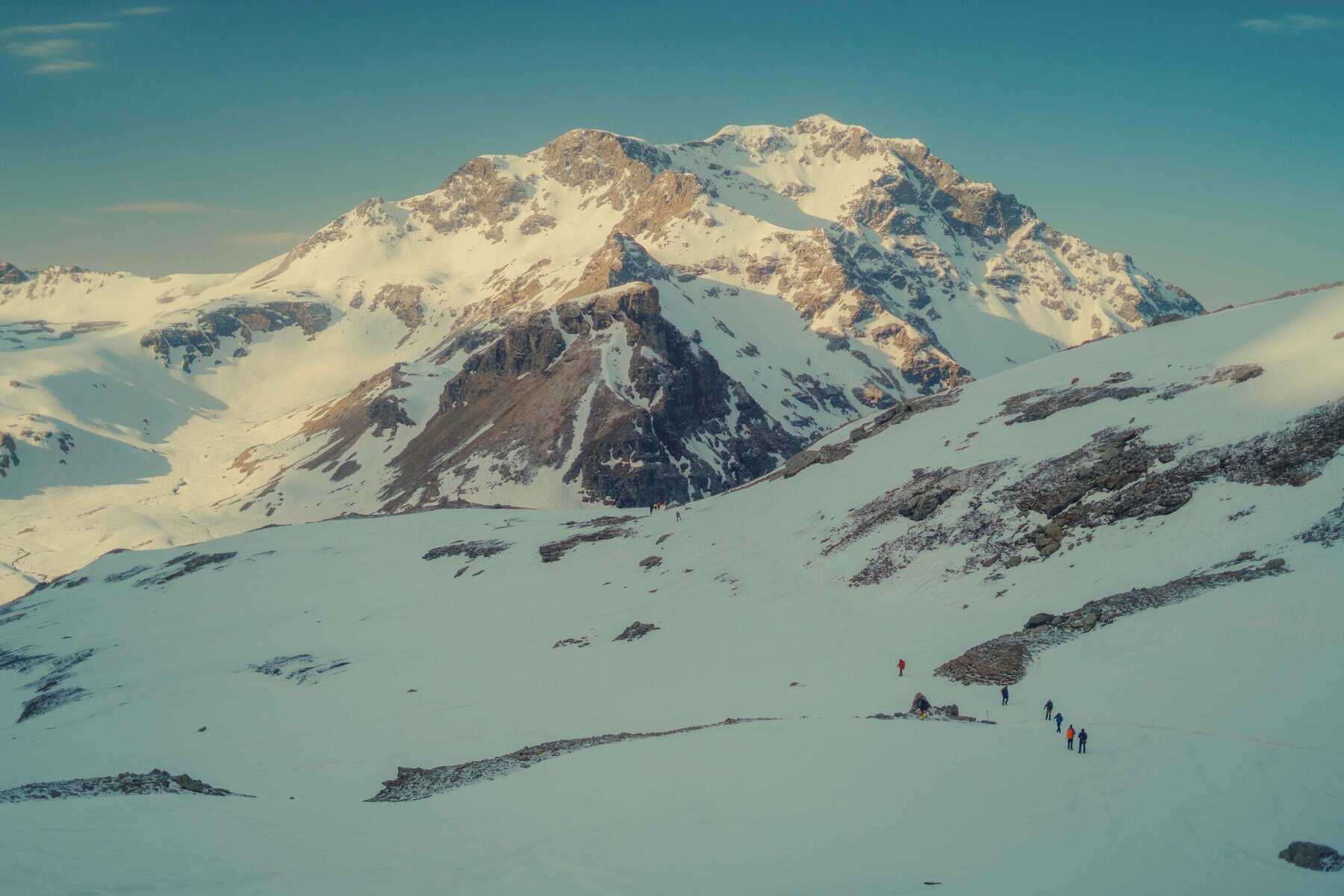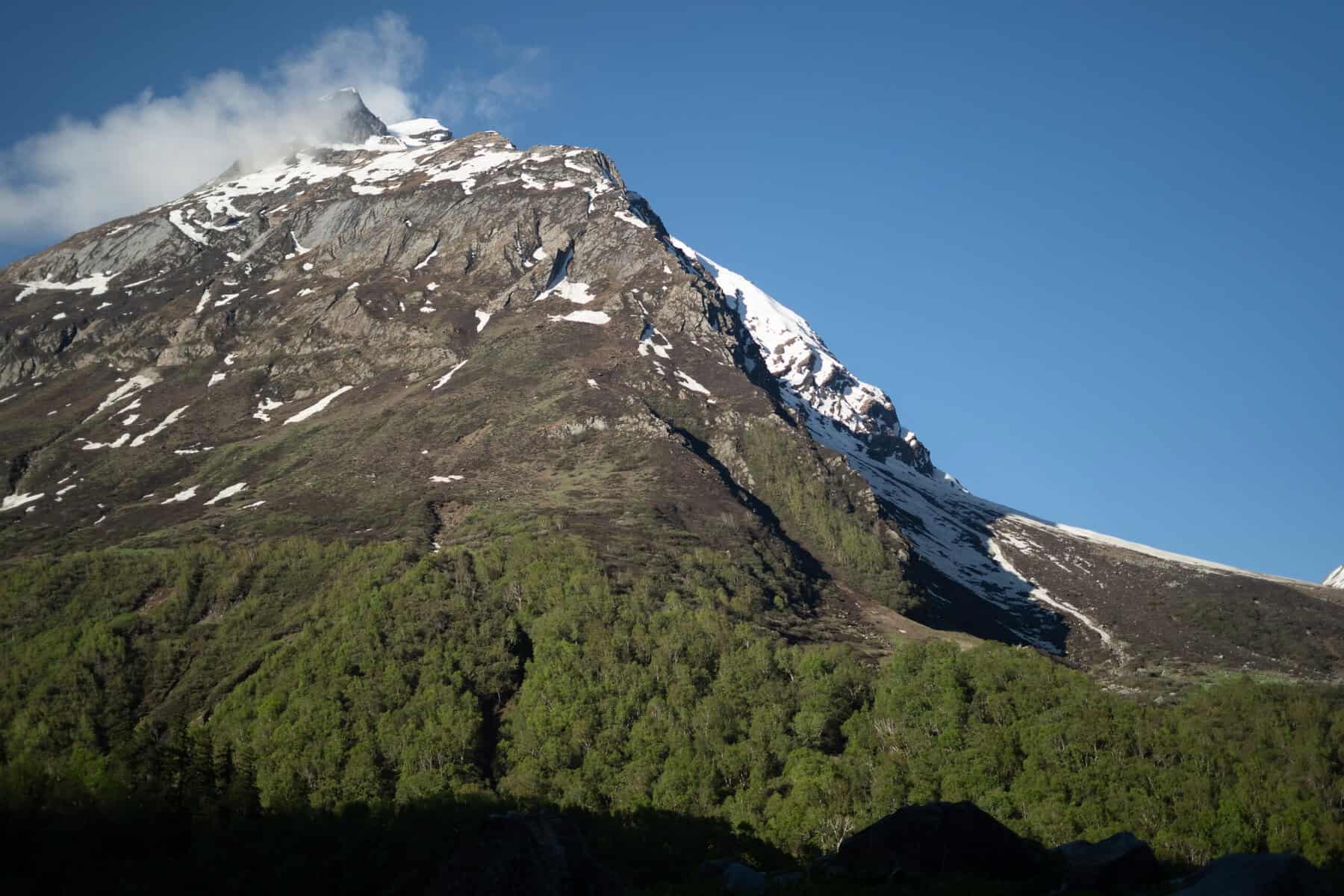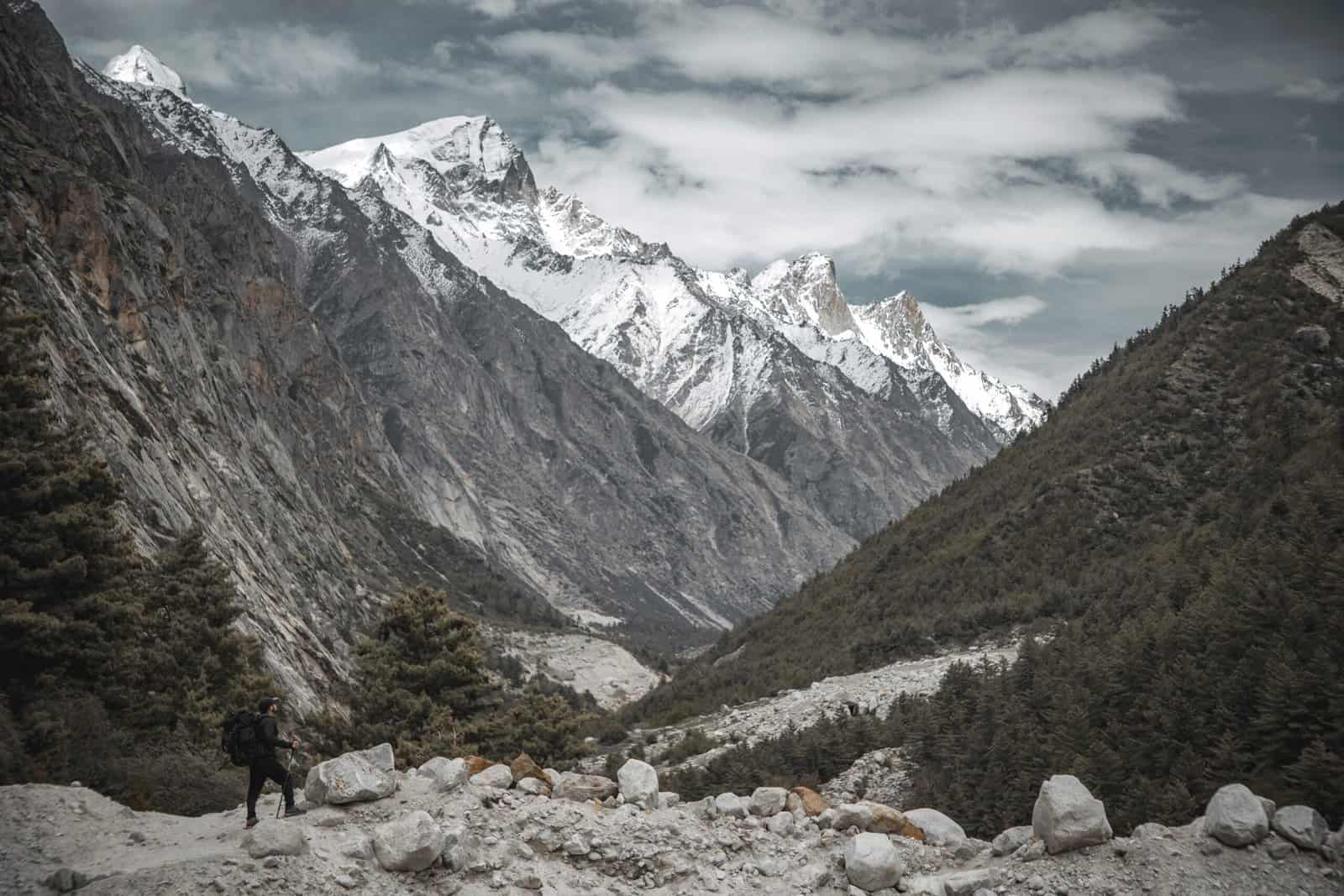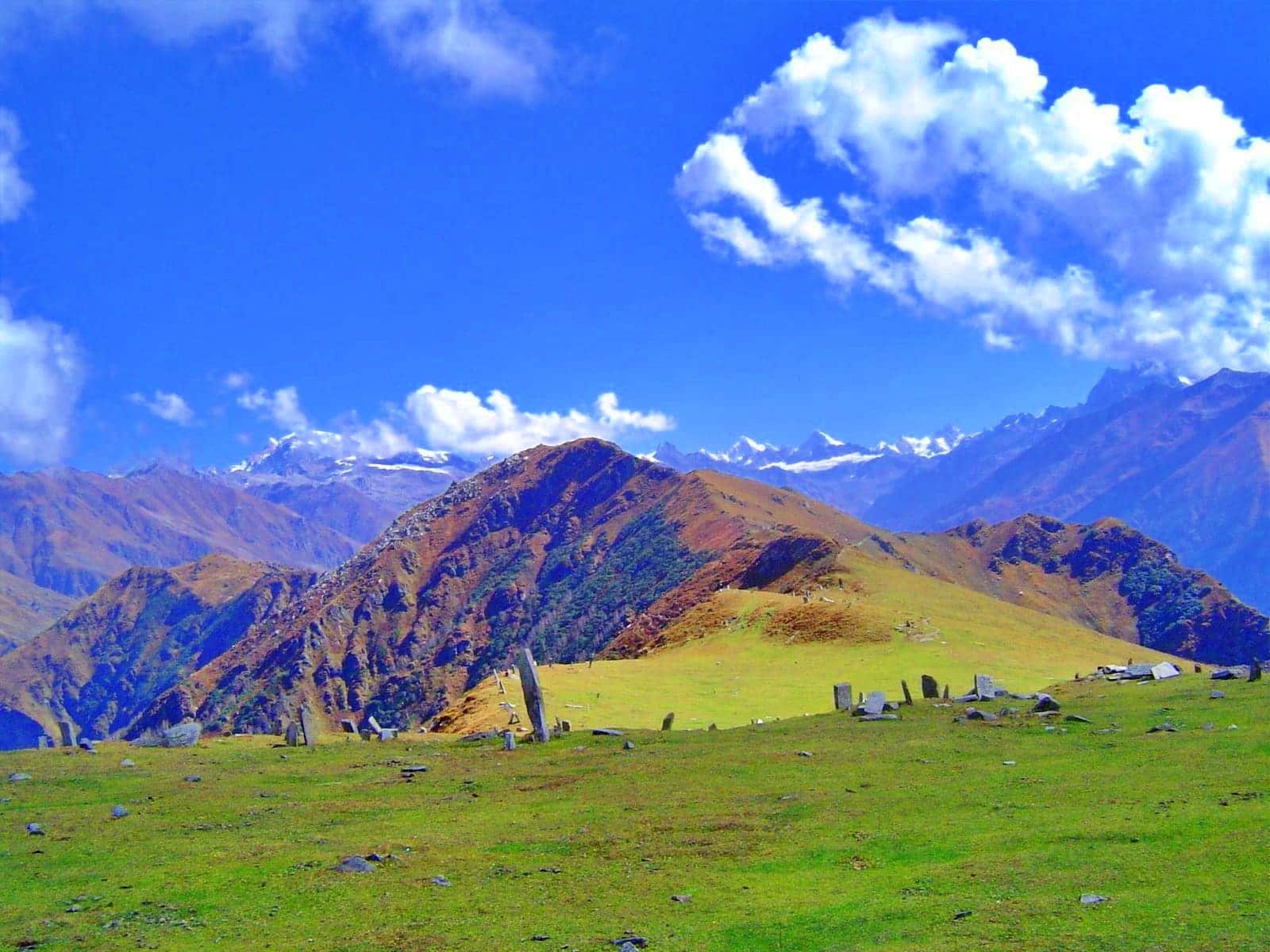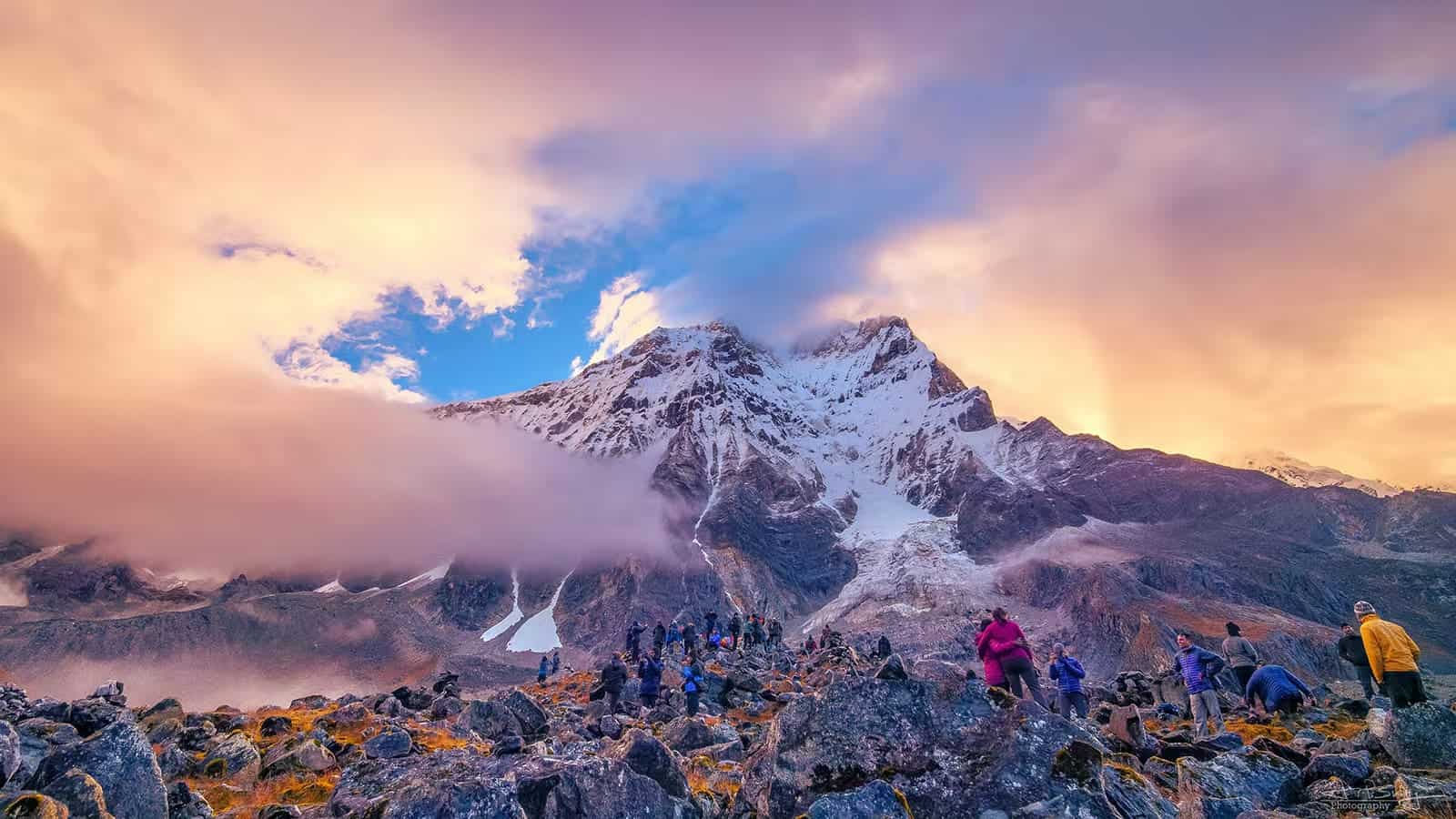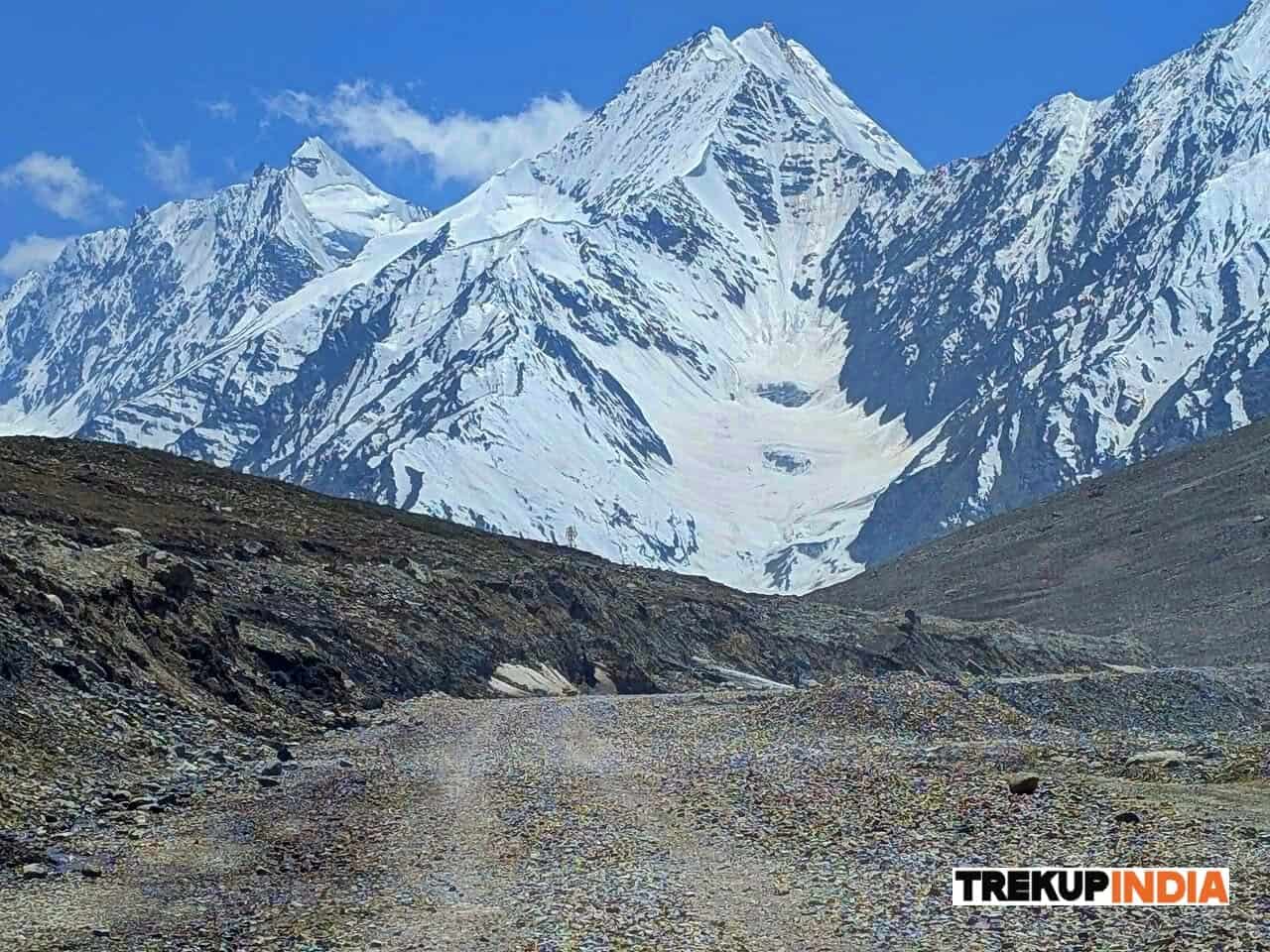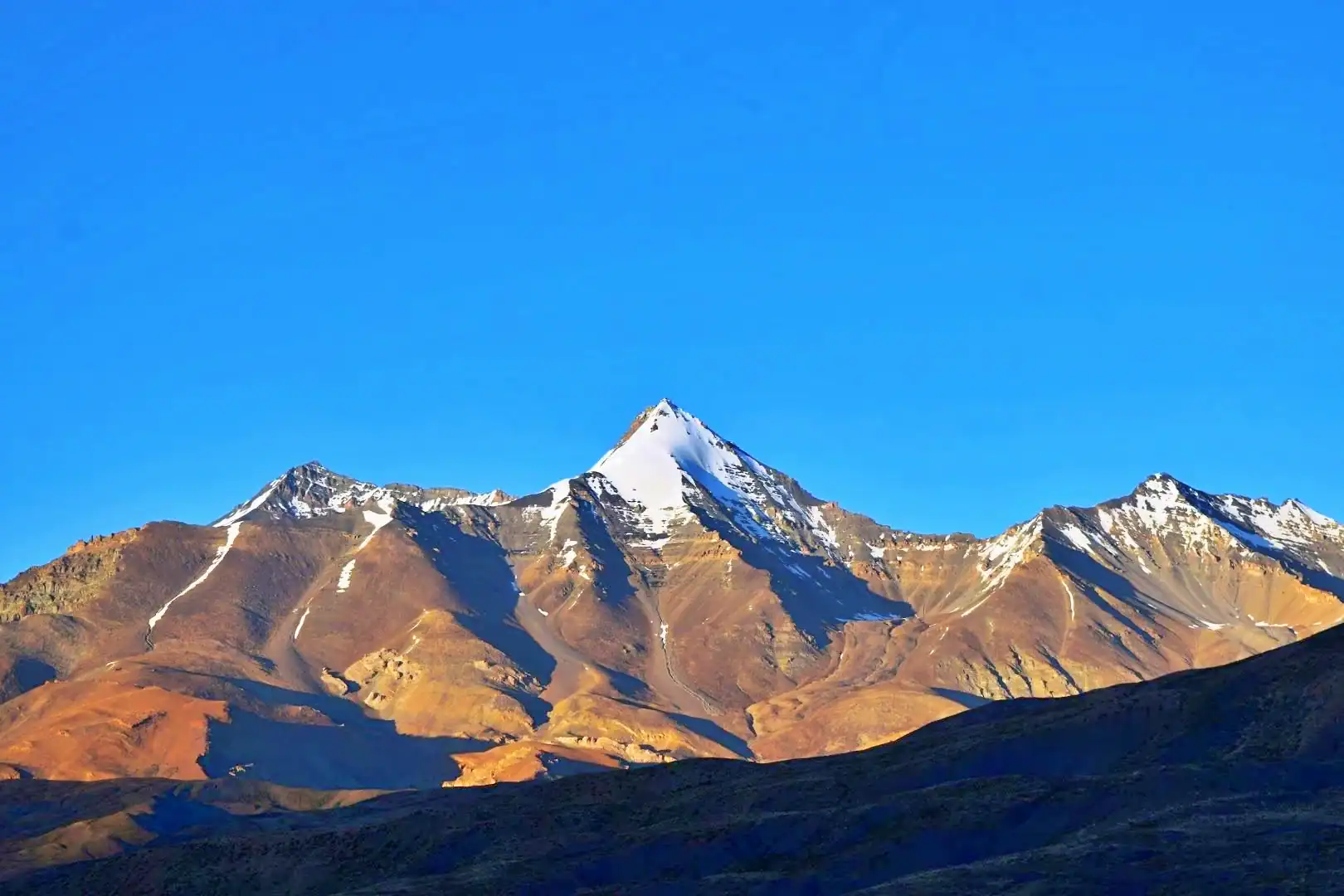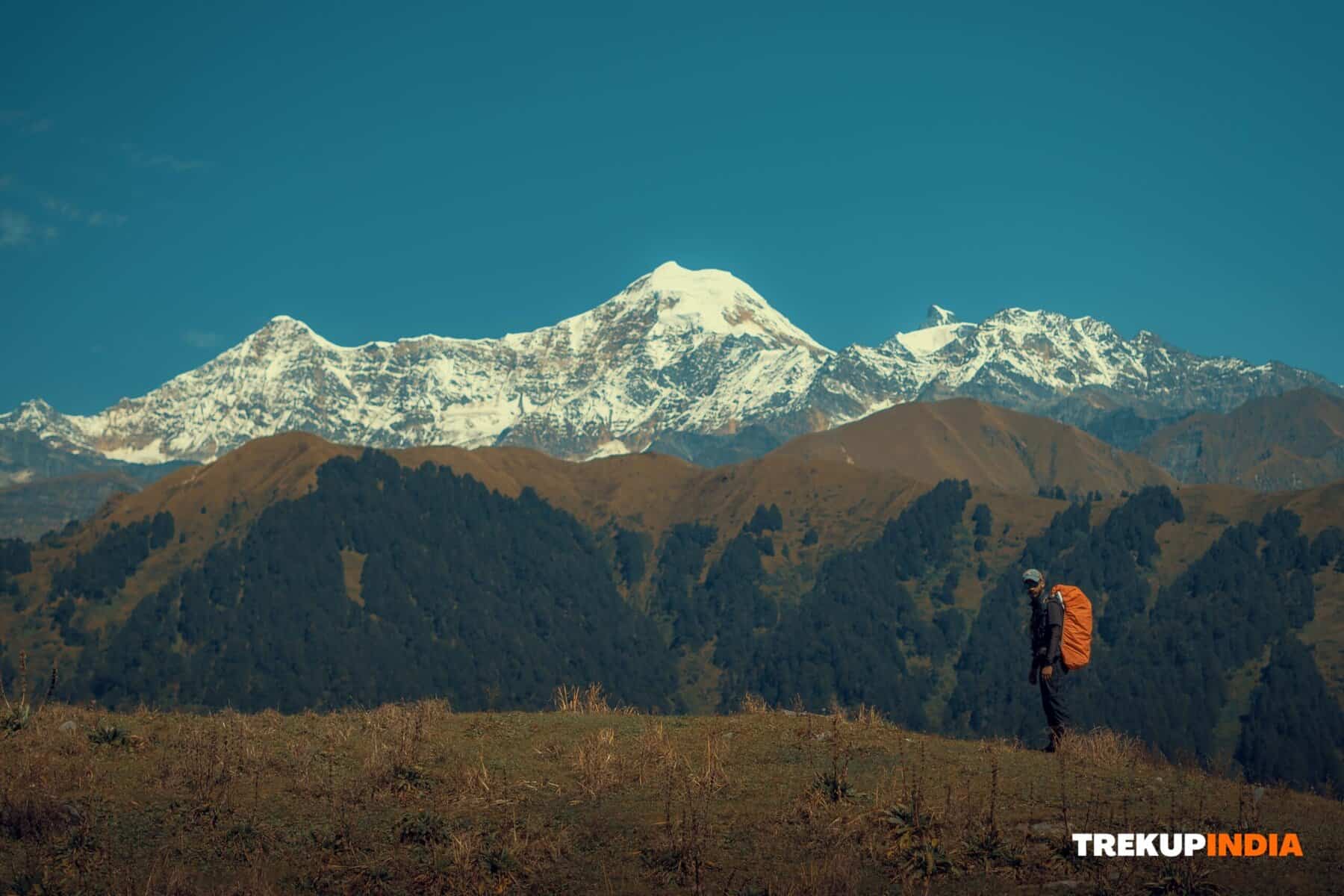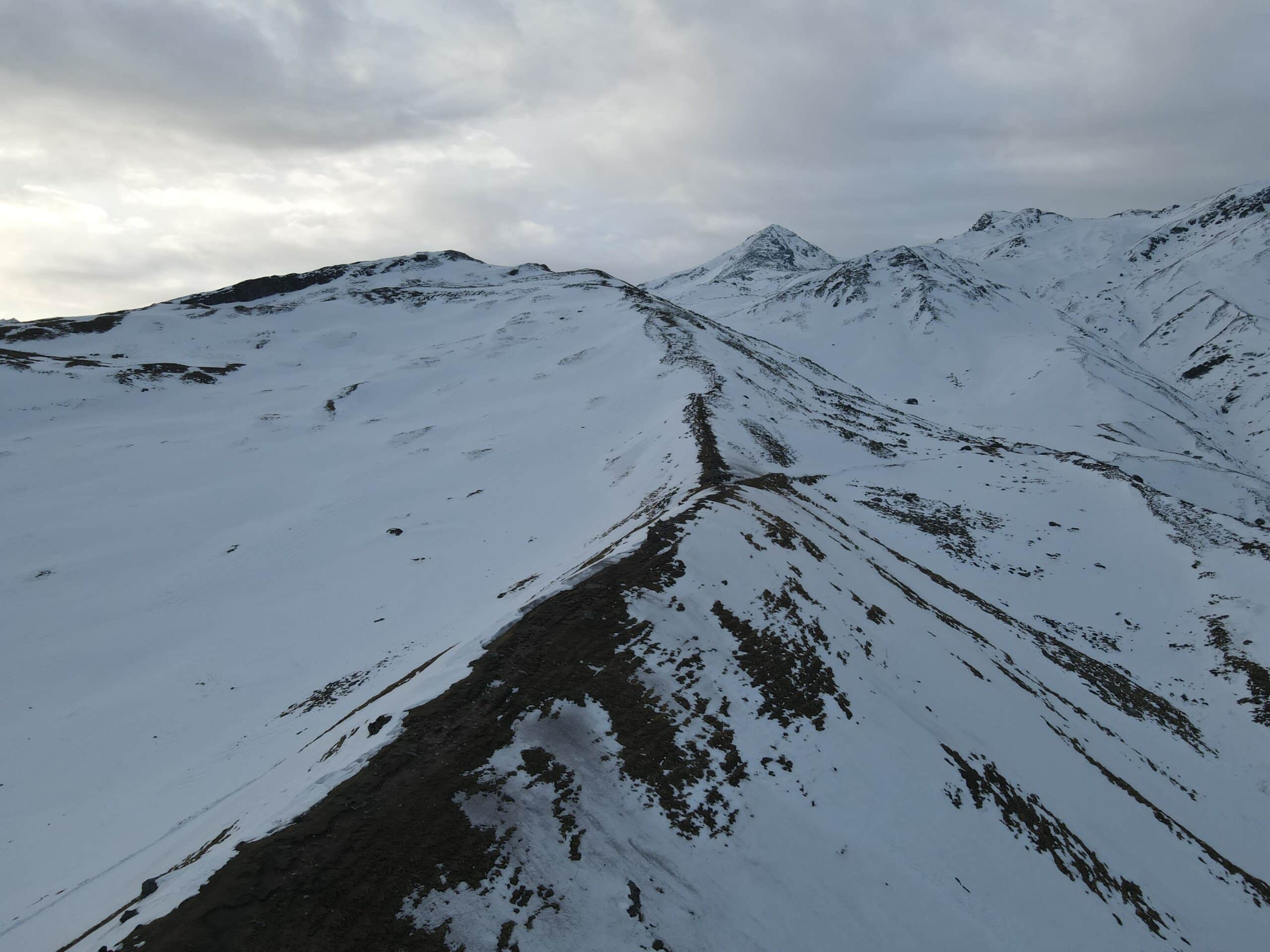Goechala Trek Seasons: Best Time to Visit & Weather Guide
Maximum Altitude: ~15,100 ft (4,600 m)
Trek Duration: 10–11 days
Goechala trek offers unique challenges and rewards throughout all four seasons. This guide is intended for trekkers planning their Sikkim trip and photographers searching for stunning mountain shots.
Autumn offers some of the most breathtaking Kanchenjunga views, while spring offers picturesque snowscapes and vibrant rhododendron blossoms that transform paths into vibrant paradises.
We’ll also explore seasonal features of treks and natural variations that set each trek apart, along with essential safety and weather related considerations to help you choose an appropriate timeframe and date based on your abilities and goals.
Seasons to Take Advantage of Clear Mountain Views
Goechala trek is truly breathtaking and offers stunning mountain views during certain moments when atmospheric conditions meet perfectly, providing unobstructed panoramas. Understanding when to trek best allows trekkers who wish to capture breathtaking Himalayan scenes.
Autumn brings breathtaking Kanchenjunga views after the monsoon rain has cleared away dust and fog.
Fall is the best season to experience stunningly clear views of snow covered peaks due to the transformational effects of monsoon season rains nature’s air purifier which cleanse the atmosphere of dust and atmospheric haze, which typically obscure mountain views all year. As a result, obvious air conditions prevail and allow us to take in all their splendor!
Post monsoon air is exceptionally transparent, enabling trekkers to view Kanchenjunga and its surrounding peaks with unparalleled clarity. The contrast between pure white snow covered summits and deep blue autumn skies creates photogenic conditions unlike any other season; trekking across clear terrain opens up even greater vistas, allowing trekkers to spot distant mountains or intricate ridges which would typically remain hidden when visibility was lower.
Mid September to October is a period of peak photography opportunities.
Mid September to the last week of October is an best period to take pictures of Kanchenjunga views and photography opportunities, due to stable atmospheric conditions following the monsoon’s retreat and weather patterns that haven’t yet transitioned into harsher winter periods.
Trekkers and photographers looking to capture the Himalayan landscape at its most stunning can take advantage of this window by trekking during clear skies, best lighting conditions, and stable weather, which provides trekkers and photographers the perfect combination. Additionally, trekkers have several opportunities each week to view and photograph mountains, reducing disappointment caused by unpredictable weather in the unpredictable seasons.
November features an exceptional blue and white Rhododendron display.
As November progresses, the Goechala region emerges into an unforgettable mountain viewing experience. Rhododendron forests characteristic of the Sikkim landscape begin displaying unusual maroon and white flower combinations to provide an eye catching contrast against snowcapped mountains.
This breathtaking floral display only occurs in November, making it a stand out feature that adds visual interest and makes trekking that much more rewarding. The juxtaposition between delicate rhododendron blossoms and majestic mountain peaks provides compositional opportunities not available at other times and gives trekkers an exclusive perspective of nature’s splendor.
Spring Season Adventures in Snow Dominated Landscapes
Now that we’ve covered the top viewing seasons, let’s explore the exciting adventures that spring brings to the Goechala trek, with beautiful snowscapes providing an unforgettable trekking experience.
April is an exciting month filled with heavy snowfall and stunning white landscape experiences.
Spring treks on the Goechala trek become winter experiences as April brings heavy snowfall. Trekkers who embark on these Himalayan routes encounter stunning white scenery awash with snowfall providing photographers with stunning mountain experiences! The fresh snow covers everything in sight, providing a striking contrast against the dark rocky outcrops, which create lovely backdrops for photography!
April snowfall poses both unique challenges and rewards to trekkers. While it can make navigation difficult and require proper winter equipment, snow also offers an authentic high altitude Himalayan experience that many trekkers seek out. In addition, its clean conditions mean fewer footprints, leaving an unspoiled wilderness experience that helps trekkers truly connect to Kanchenjunga’s pure nature.
Rhododendrons with vibrant red hues create beautiful trek colors from Phedang to Dzongri.
As this beautiful backdrop sets the scene, we explore how nature adds vibrant hues that complement its pure white backdrop. Red rhododendron blooming along the Goechala trekking route provides one of the most stunning natural spectacles, turning Phedang Dzongri into a verdant paradise that draws nature photographers and trekkers from all around the globe.
Rhododendron blooms provide a stunning visual contrast with snow covered mountains and terrain, creating the best opportunity for landscape photography ranging from intimate flower close ups to more expansive views that showcase delicate blossoms set against dramatic mountain vistas. Their timing perfectly coincides with snowfall periods to form an exclusive seasonal blend that sets this region apart when spring trekking occurs.
April through June are best trekking months.
Recent posts have covered the aesthetics of spring; now its practical benefits become more apparent as we progress through it. Late April through June is the best time for Goechala trekking, providing perfect conditions that combine accessibility with natural beauty. At this point in the season, snow that falls during April begins to stabilize into more predictable trek conditions while maintaining breathtaking mountainous scenes that make this trek so remarkable.
Best conditions for trekking during this season lie in its combination of weather stability, accessibility to treks, and natural phenomena. Trekkers can expect more predictable weather patterns with reduced chances of sudden snowstorms as well as better mountain photography opportunities. Trekkers will also get to enjoy both flowering Rhododendrons as well as snowcapped Mountain Peaks, making this period the sought after one to witness Goechala landscape come to life before winter turns to spring!
Seasonal Trek Features and Natural Evolutions
Now that we have discussed best viewing times and spring time adventures on the Goechala trek, let’s consider its unique seasonal variations, which offer trekkers new experiences according to seasonal changes.
Rhododendron Colors Alter Seasonally from Red to Deeper Hues
Rhododendron blooms along the Goechala route offer some of the most captivating natural transformations. Beginning their season journey in September with vivid red blooms that create an impressive visual contrast against the mountains, these stunning blooms create breathtaking color changes in nature. As October draws nearer, vibrant red hues begin to turn deeper and darker, transforming naturally into deeper and darker tones that signal the vitality of the Himalayan ecosystem, where flora responds to changing temperatures and precipitation patterns. Experienced trekkers can use the transformation of rhododendrons as a natural calendar to track the progress of seasons and any additional trek conditions that accompany this change of hues.
Summer offers dense forest treks from Yuksom up to Tshokha that connect both cities.
As temperatures heat up during the summer months, the trek section connecting Yuksom and Tshokha becomes marked by dense forest cover. The area transforms into lush green corridors where dense canopy structures provide shelter from direct sunlight while creating conditions for a cooler microclimate along the entire route. The thick forest habitat further adds an enjoyable trekking experience due to varying visibility, humidity levels, and overall ambience along this section of the trek.
After Thansing in Warmer Periods, Grassy Meadows Appear.
With this seasonal change in mind, Thansing experiences an astonishing transformation during warmer seasons. Vast grassy meadows reappear at higher elevations in place of stark snow covered terrain that was typical during colder months offering trekkers unobstructed views over valleys and peaks that surround them. Their appearance signals a significant shift in the ecosystem, transforming Thansing into a winter wonderland of lush alpine pastures, offering new photography opportunities and trekking experiences.
Weather Challenges and Safety Considerations
Now that we have highlighted the best seasons and changes along the Goechala trek, it is imperative to understand the risks presented by the weather that could make this trek very dangerous at certain times of year. Weather can have significant implications on security and accessibility across its entirety and planning and timing must always be done accordingly when setting out on such an expedition!
Monsoon Season Brings Slippery Conditions and Landslide Threats
Goechala trek system becomes especially dangerous during the monsoon season due to consistent rainfall, which makes the treks treacherously slick and increases the risk of falls or accidents. Moisture plays an integral part in its rugged terrain, leaving even experienced trekkers vulnerable to slip and fall along its rugged paths and outcrops.
Of equal concern is the risk of landslides brought on by constant rain, destabilizing loose soil layers and rock formations across treks, leading to sudden, unexpected hazards which pose grave threats to trekker safety potentially blocking access and leading to complete isolation in remote regions.
Heavy Fog and Torrential Rain Make June August Treks Recommended
Between June and August is the most perilous time to attempt the Goechala trek. Fog becomes ever present during this period, severely restricting visibility and making navigation challenging even for experienced mountaineers. When combined with treacherous terrain and reduced visibility, this creates the perfect storm of security issues that must be faced head on to complete this challenging and perilous adventure.
Rain makes trekking not only uncomfortable but also unsafe. Frequent and intense rainstorms during these months transform mountain landscapes into hostile environments where risks outweigh potential benefits; weather conditions in this period make implementing basic safety procedures difficult or even impossible to ensure safety measures remain in place.
September Brings with It Rain and Slippery Ice Patches Requiring Extra Caution
trekkers should remember that, even though the monsoon season has passed, September still poses significant safety risks for trekkers. Even in times of calmer conditions after monsoons have ended, September can still bring unpredictable stormy conditions that catch trekkers unaware.
Ice patches become a serious threat during September when temperatures fluctuate rapidly and moisture freezes on treks, necessitating extra care when traversing them and appropriate footwear if sudden patches form on any trek. Trekkers who venture out should remain alert, as conditions can quickly transform from clear to treacherous terrain within hours of setting out on their journeys.
Extreme Weather Season Restrictions
After we have discussed the best trekking conditions during different seasons, it is also essential to understand when Goechala becomes inaccessible for most trekkers. Winter months offer an extreme contrast to the more manageable conditions seen elsewhere during trekking season.
Winter months present near impossible trekking conditions.
Winter transforms the Goechala trek from an achievable but challenging expedition into something unthinkable for casual trekkers. Heavy snowfall obscures familiar landmarks, making navigation even more difficult. At the same time, temperature drops create harsh conditions that challenge experienced mountaineers with wind chills that make conditions potentially hazardous for those not prepared.
Extreme temperatures and snow accumulation can create conditions in which standard trekking techniques become ineffective. Visibility during snowstorms may decrease to mere meters, making even experienced groups susceptible to becoming lost. Physical demands increase exponentially as trekkers expend energy traversing snow covered terrain while simultaneously braving the elements.
On steep and icy snow slopes, experience and specialized equipment are key factors.
Once manageable sections of the trek turn into treacherous ice formations that require advanced mountaineering skills to traverse safely. Steep slopes along parts of the Goechala route become near vertical ice wall formations during winter, necessitating not just courage but also experience in the techniques for climbing ice.
Equipment is critical to survival, not simply comfort. Trekkers need specific gear like crampons and Ice axes, as well as advanced winter clothing. Standard trekking boots cannot handle such harsh conditions, and mountaineering grade footwear may be required instead; belay and rope systems may also be necessary in some instances for safe travel over hazardous sections.
Margin of error decreases significantly under these conditions. What could have been a minor slip during more favorable weather can become a serious injury on slippery slopes. Failing to use equipment properly or choose inadequate gear could quickly escalate from annoying inconvenience to life threatening emergency.
Mountaineering expertise is required from January through December.
As December to February is an especially challenging period for Goechala attempts, it requires not only special equipment but a wealth of mountaineering experience far exceeding typical trekking experience advanced ropework skills, ice climbing expertise, and an in depth knowledge of winter survival tactics are essential prerequisites to making Goechala attempts.
At these seasons, trekking transforms from a leisurely stroll into a technical mountaineering journey. Participants should possess previous experience trekking in similar conditions and be knowledgeable of avalanche safety protocols and self rescue methods; psychological pressures increase due to extreme environments that stretch physical and mental limits.
Specialized equipment typically used on mountaineering expeditions includes items usually found in four season tents, designed to withstand harsh conditions. This includes sleeping systems capable of withstanding temperatures as low as 40 °C, as well as communication devices and equipment specifically designed for emergency use. Even with careful planning in place, weather windows often close quickly, requiring flexibility with regard to scheduling and adaptability if conditions deteriorate beyond acceptable limits.
Conclusion
The Goechala trek offers unique Himalayan experiences depending on when and how long you decide to trek it. Autumn months offer breathtaking mountain views and crystal clear streams, providing best photography opportunities, while spring brings blooming Rhododendrons into bloom amidst its snowy landscapes. Each season brings natural changes, such as varying flower colors and different trek conditions, which impact your trekking experience.
Understanding seasonal weather patterns and safety considerations when planning a Goechala adventure trip is of utmost importance for successful preparation. Although summer and autumn offer optimal conditions for exploring Goechala, the monsoon season and winter weather may present significant difficulties that render your trek unsafe or impossible. Choose your season carefully depending on what appeals most, whether that be stunning mountain views or exploring snow covered terrain, which makes Goechala such a thrilling high altitude journey.
About Author

Anoop Rawat (Admin TrekUp India)
Anoop has worked for 5 years as a Trek Leader with TrekUpIndia, leading numerous treks across the diverse and challenging terrains of Uttarakhand and Himachal Pradesh. He holds a degree in Geology with a specialization in Geographic Information Systems (GIS) from UPES Dehradun. During his academic years, he actively applied his classroom knowledge in the field—most notably by contributing to a glacier research project on the Jundar Glacier in the Har Ki Dun Valley, Uttarakhand. Write Anoop at anoop@trekupindia.com
Share this article
Dates For Upcoming Treks
Want To Trek Like Pro?
Basically, watch these videos if you want to trek the same way professional trekkers do and make your skills better. These videos contain useful tips and techniques to further improve your trekking skills itself. These videos actually help both new and experienced trekkers improve their trekking skills. These videos definitely provide useful tips that make your trek better. We are seeing that these videos by Trekup India experts will only help you make your trekking skills better.
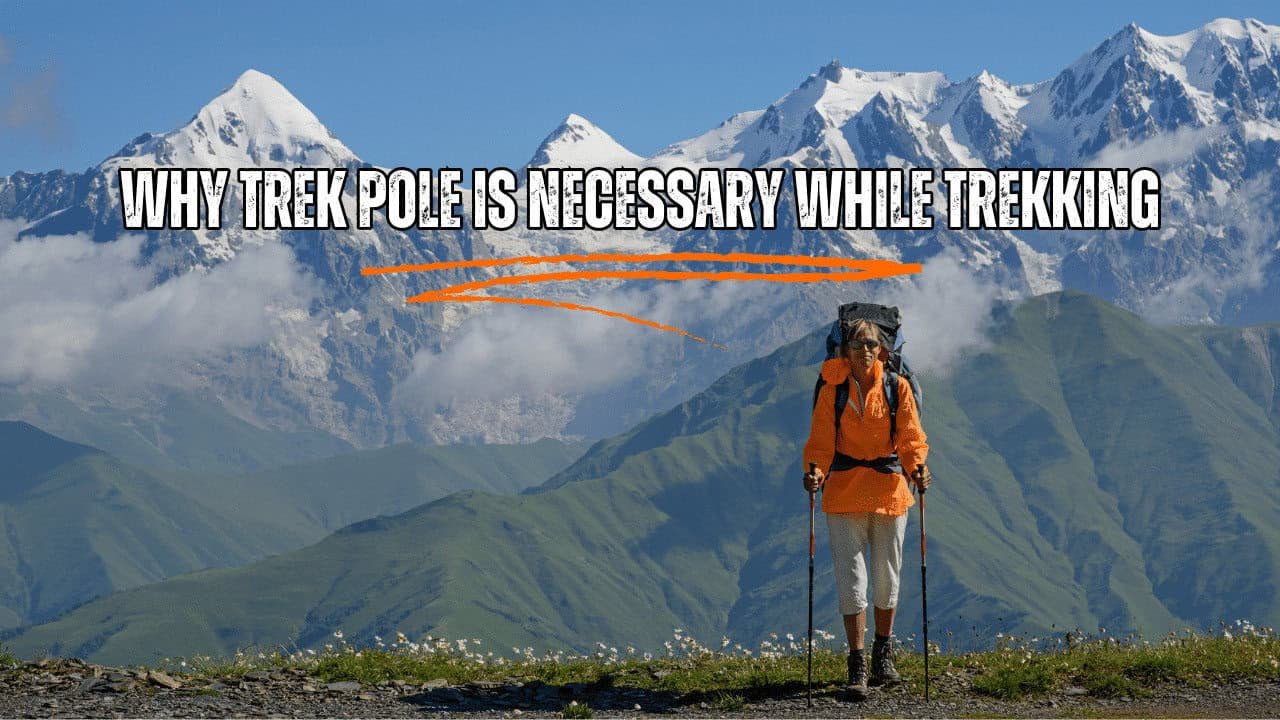




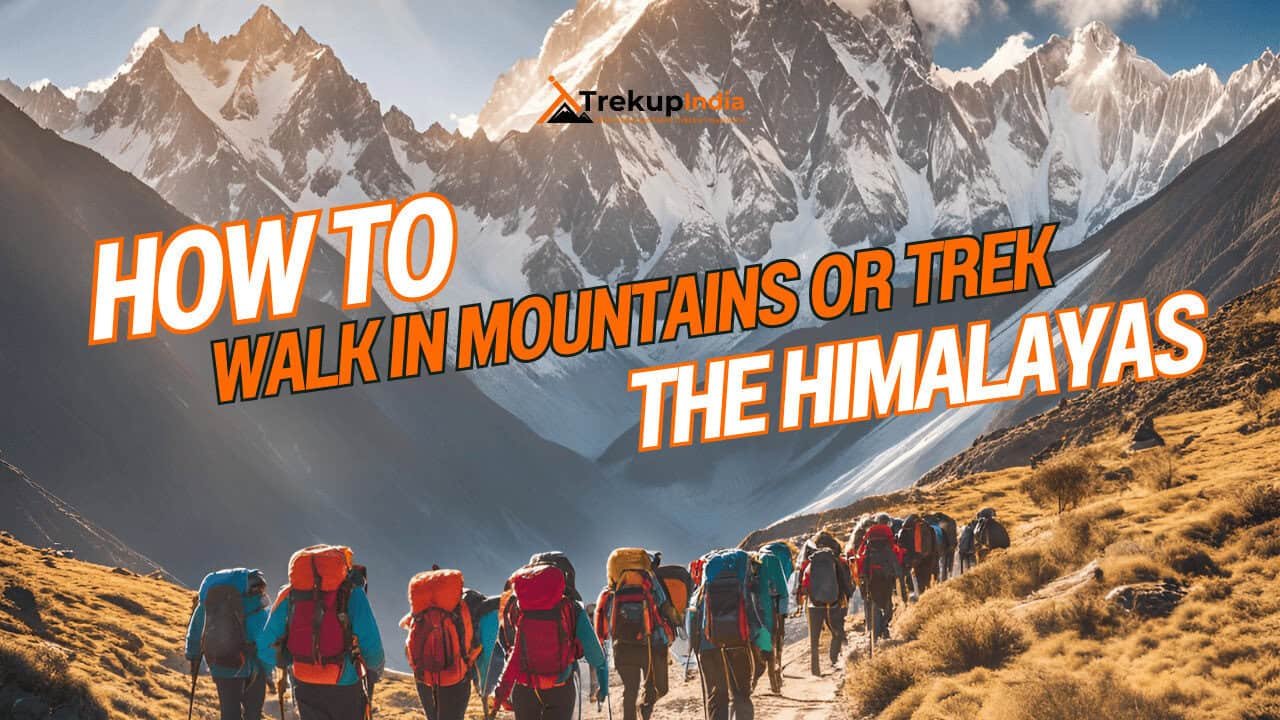

Know Everything About Acute Mountain Sickness
Acute Mountain Sickness occurs when people trek to high altitudes above 8,000 feet. This condition itself develops further due to reduced oxygen levels at such heights. Basically, as you go higher up, the air pressure and oxygen levels decrease, which causes the same problem. Acute Mountain Sickness surely causes headache, nausea, vomiting, and dizziness in affected persons. Moreover, peoples also experience difficulty in sleeping during this condition. To avoid mountain sickness, you should actually trek up slowly to higher altitudes. To learn further about this condition itself, watch the videos by Trekup India.
